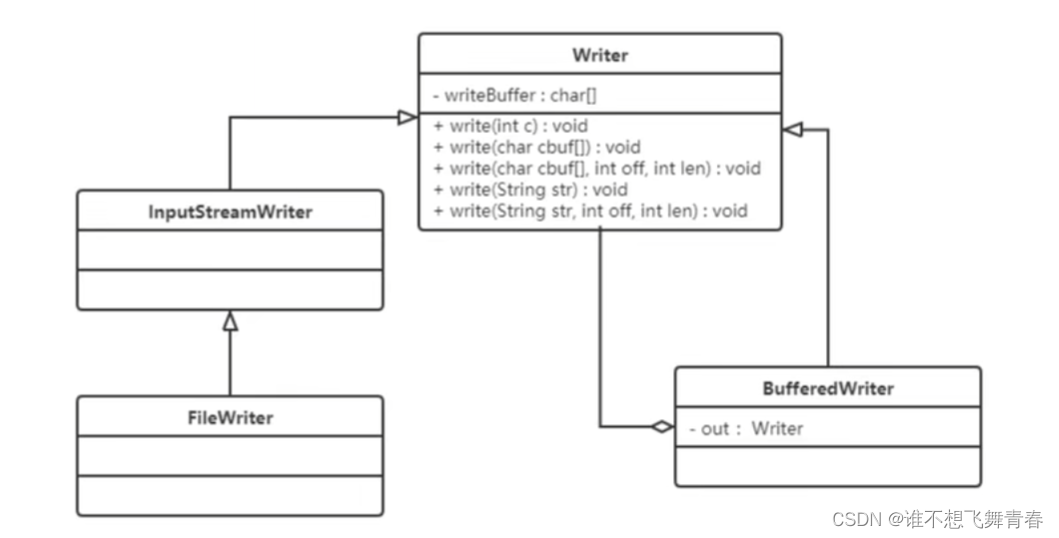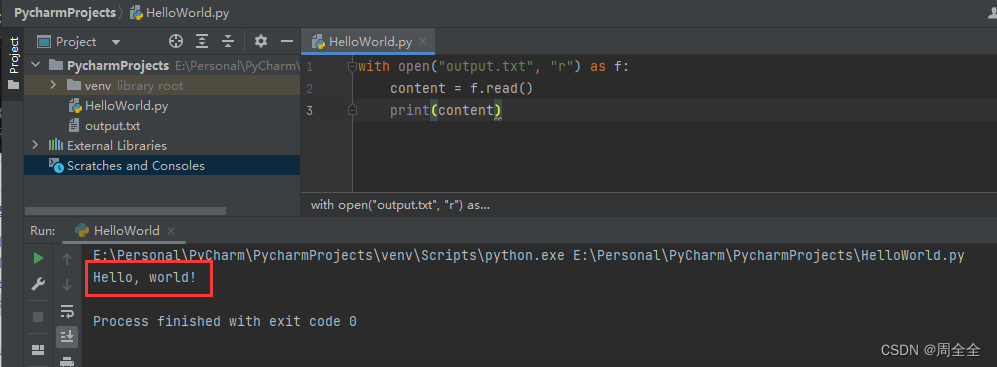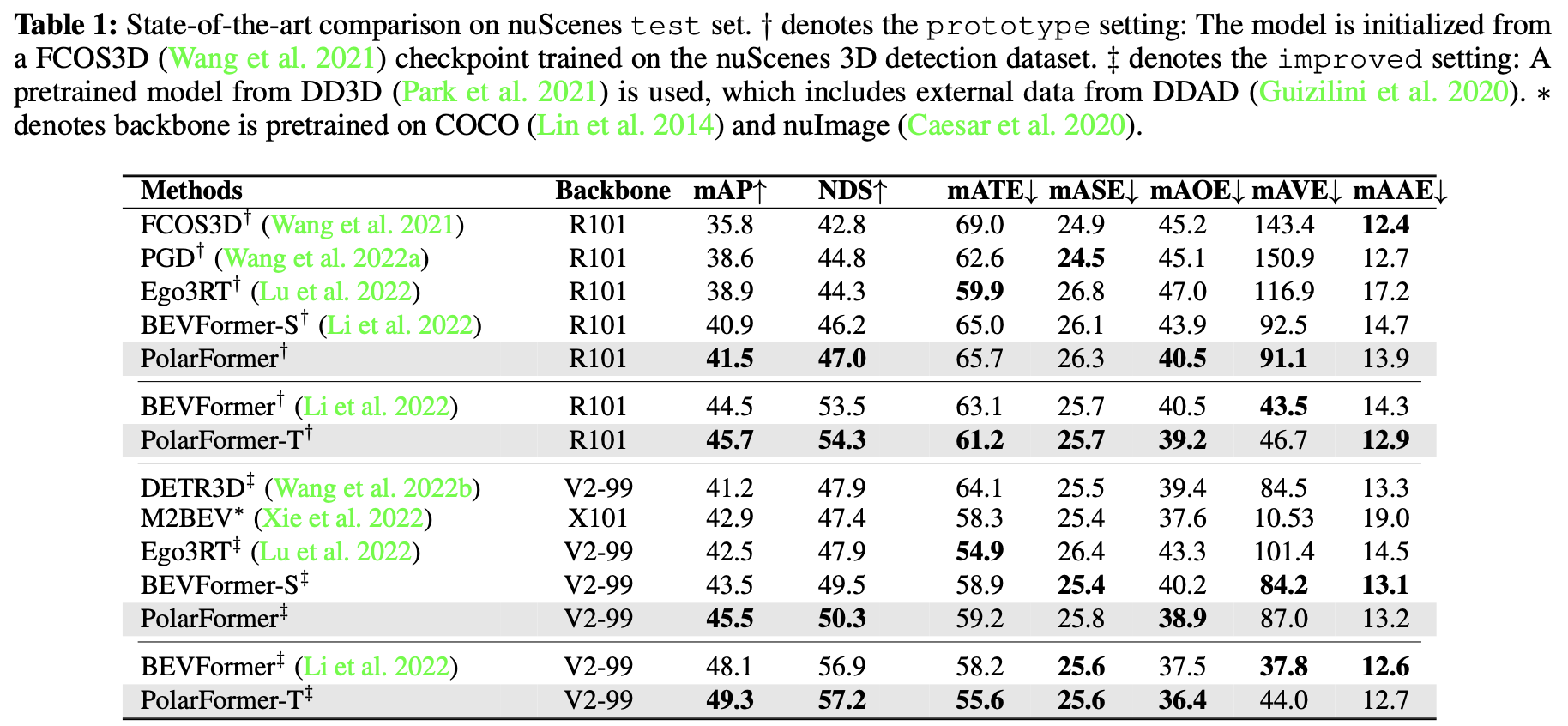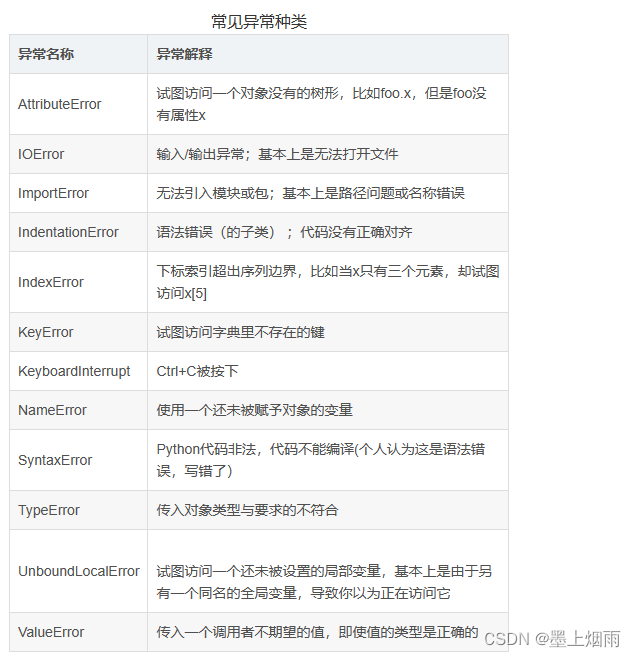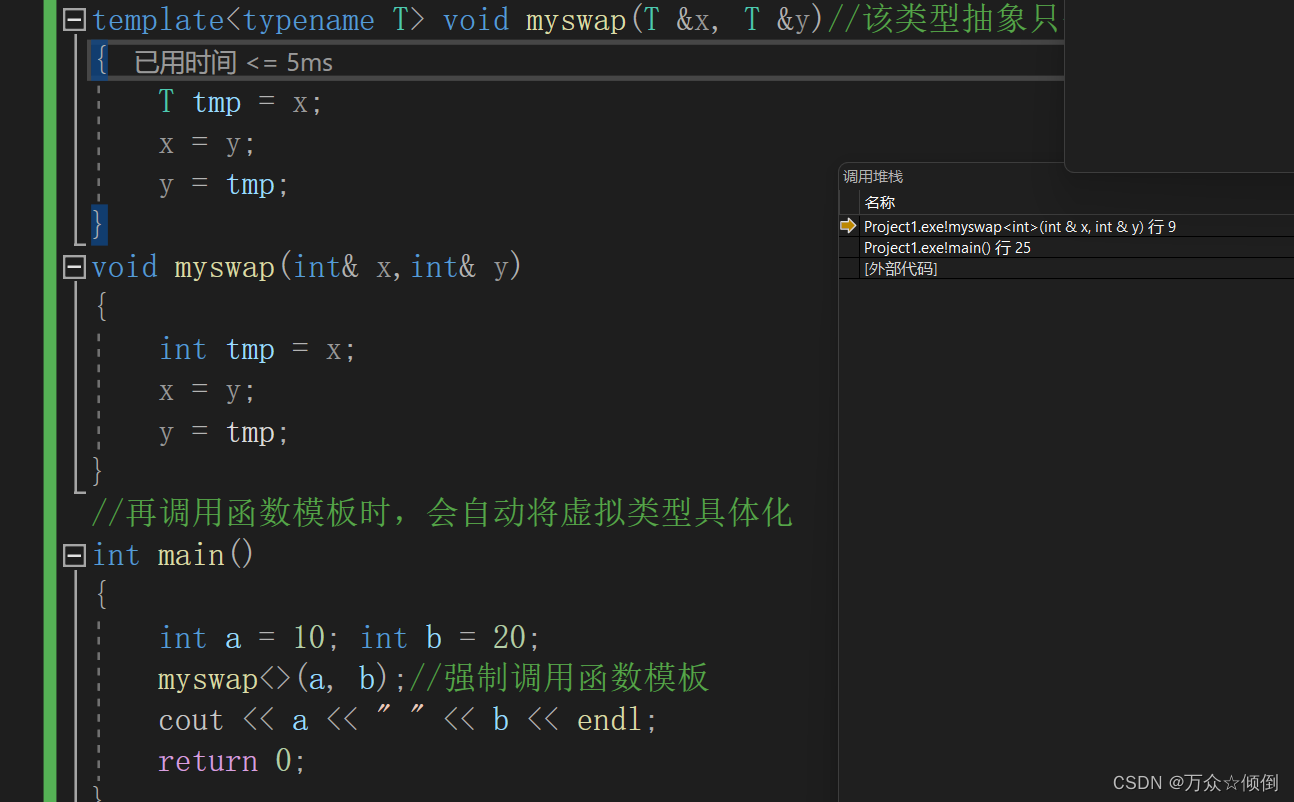目录
反转链表
返回中间节点
倒数k个节点
链表分割
判断回文
反转链表
单链表刷题时我们遇到过一个反转链表,那时我们采用的是头插的方式达到反转的效果,那能不能把指针反过来呢?答案是可以的。

这里用三个指针是为了记录后面节点的数据,不然就导致后面的地址缺失,毕竟逻辑结构可不同于物理结构。可以看到结束条件是n2遍历到空就停止。
基于前面刷题的反转链表,现在我们除了头插外有一种新的办法:
力扣
struct ListNode* reverseList(struct ListNode* head)
{
if(head == NULL)//防止空指针解引用
{
return NULL;
}
struct ListNode* n1,*n2,*n3;
n1 = NULL;
n2 = head;
n3 = n2->next;
while(n2)//结束条件
{
n2->next = n1;
n1 = n2;
n2 = n3;
if(n3)//n3为空时保持原样
{
n3 = n3->next;
}
}
return n1;
}返回中间节点
力扣

查找链表的中间节点有一个思想就是快慢指针:slow指针每走一步,fast指针就走两步。这样做只遍历了一遍链表就找到了中间节点。

struct ListNode* middleNode(struct ListNode* head)
{
struct ListNode* fast=head,*slow = head;
while(fast && fast->next)
{
fast = fast ->next->next;
//fast更新后判断,返回第一个中间结点:if(fast!=NULL)
slow = slow->next;
}
return slow;//快慢指针
}倒数k个节点
链表中倒数最后k个结点_牛客题霸_牛客网

这道题与前一道题类似,不同的是不知道k为多长,为此,我们可以设置快慢指针,让fast先走k步或k-1步,然后两个指针共同移动。
需要注意不足k步时返回空链表。

truct ListNode* FindKthToTail(struct ListNode* pHead, int k ) {
struct ListNode* slow,*fast;
slow = fast = pHead;
while(k--)//k步
{
if(fast == NULL)//不足k步
{
return NULL;
}
fast = fast->next;
}
while(fast)//走k步结束条件
{
slow = slow->next;
fast = fast->next;
}
return slow;
}链表分割

这个题目算是比较难的题,它要求分割后的相对顺序不能改变。这里我们建立两个链表。
一个记录比x小的数据,一个记录相等和比它大的数据,依次进行尾插。最后将两个链表相连。新的链表我们都创建一个哨兵节点(为了避免初始判空和其中一个链表为空的情况进行处理。)

这个图我画的比较乱,但思路却很明确。创建哨兵节点,比较,插入,置空,连结,释放,一气呵成。
这里不支持用C实现,我们就先用C++实现。这里的差别在于结构体定义可以不写struct。
class Partition {
public:
ListNode* partition(ListNode* pHead, int x) {
ListNode *greaterhead,*greatertail;
greaterhead=greatertail=(ListNode *)malloc(sizeof(ListNode));
ListNode *smallerhead, *smallertail;
smallertail=smallerhead=(ListNode *)malloc(sizeof(ListNode));
while(pHead==NULL)
{
return NULL;
}
ListNode* cur = pHead;
while(cur)
{ if(cur->val<x)
{
smallertail->next = cur;
smallertail = smallertail->next;
}
if(cur->val>=x)
{
greatertail->next = cur;
greatertail = greatertail->next;
}
cur = cur->next;
}
smallertail->next = greaterhead->next;//连结
greatertail->next = NULL;//置空
ListNode*Next = smallerhead->next;//返回
free(smallerhead);
free(greaterhead);
return Next;
}
};可能很多人不理解为什么只对哨兵位开辟空间,这里是创建了两个新链表。其他数据虽然不是在堆上开辟但通过返回Next也能达到找到链表的作用。
判断回文

正常思路是复制一份链表,然后再此基础上进行反转。但这样的空间复杂度就变成了O(N)。这里介绍一种新奇的方法:根据回文的对称性,反转链表中间及以后的节点。


上面两种情况,比较结束条件为一方为空停止比较。
恰好我们实现了查找中间节点和反转链表,所以这里我们可以直接拷贝一份代码。
struct ListNode* reverseList(struct ListNode* head) {
if (head == NULL) { //防止空指针解引用
return NULL;
}
struct ListNode* n1, *n2, *n3;
n1 = NULL;
n2 = head;
n3 = n2->next;
while (n2) { //结束条件
n2->next = n1;
n1 = n2;
n2 = n3;
if (n3) { //n3为空时保持原样
n3 = n3->next;
}
}
return n1;
}
struct ListNode* middleNode(struct ListNode* head) {
struct ListNode* fast = head, *slow = head;
while (fast && fast->next) {
fast = fast ->next->next;
//fast更新后判断,返回第一个中间结点:if(fast!=NULL)
slow = slow->next;
}
return slow;//快慢指针
}
class PalindromeList {
public:
bool chkPalindrome(ListNode* A) {
struct ListNode* mid = middleNode(A);
struct ListNode* rhead = reverseList(mid);
while(A && rhead)//一方为空停止
{
if( A->val != rhead->val)
{
return false;
}
A = A->next;
rhead = rhead->next;
}
return true;
}
};

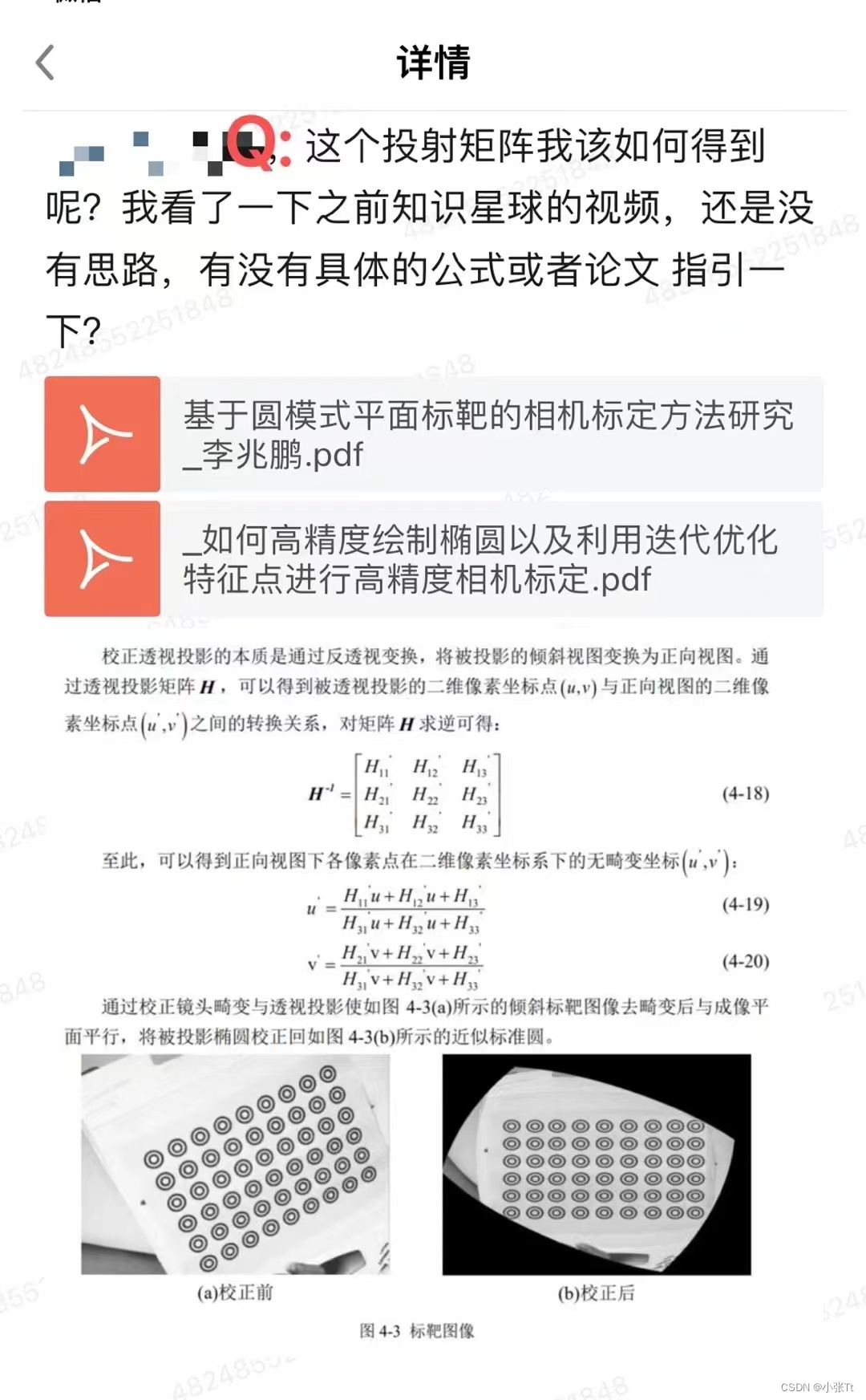

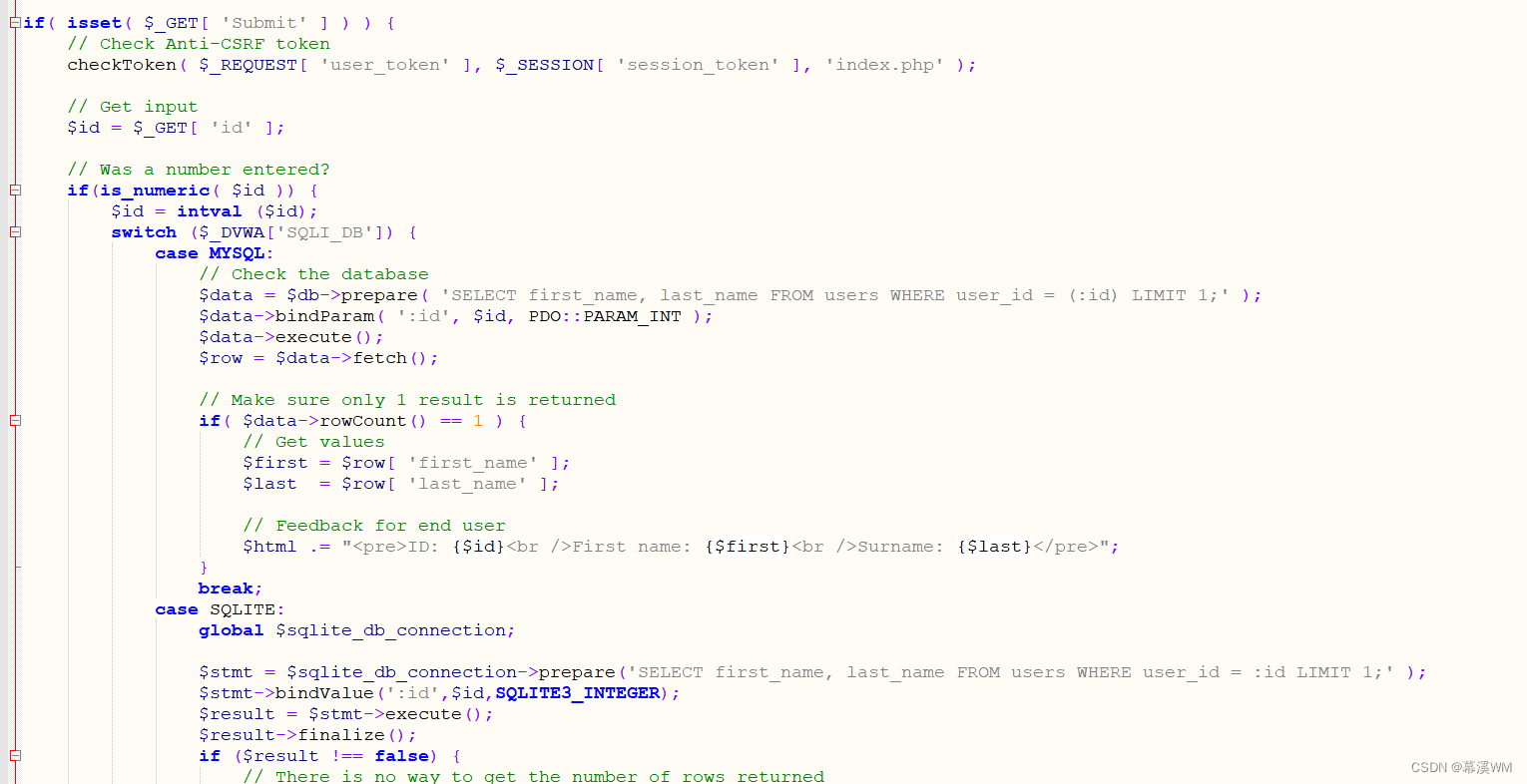

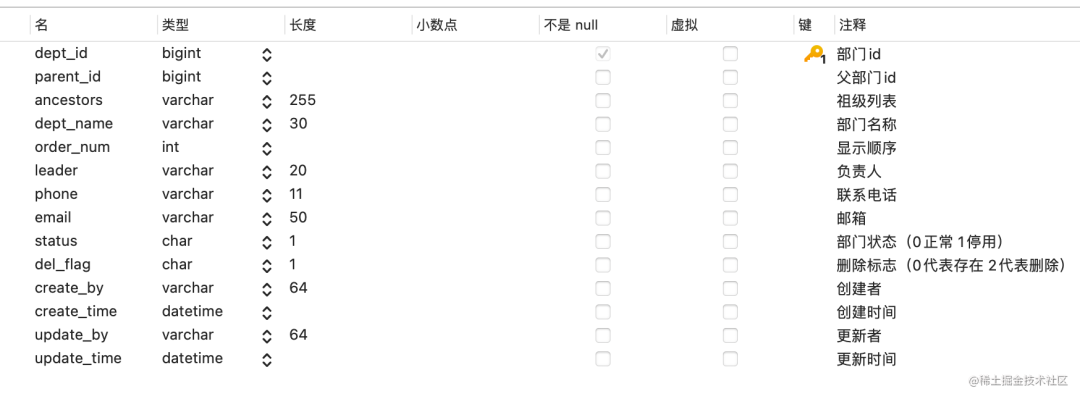
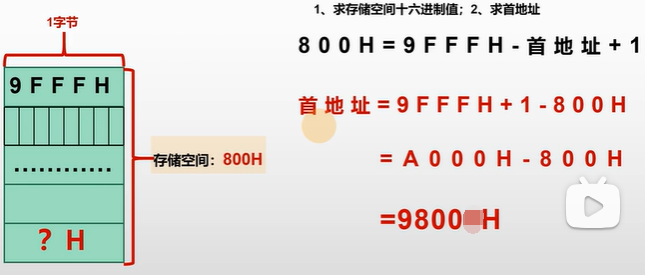

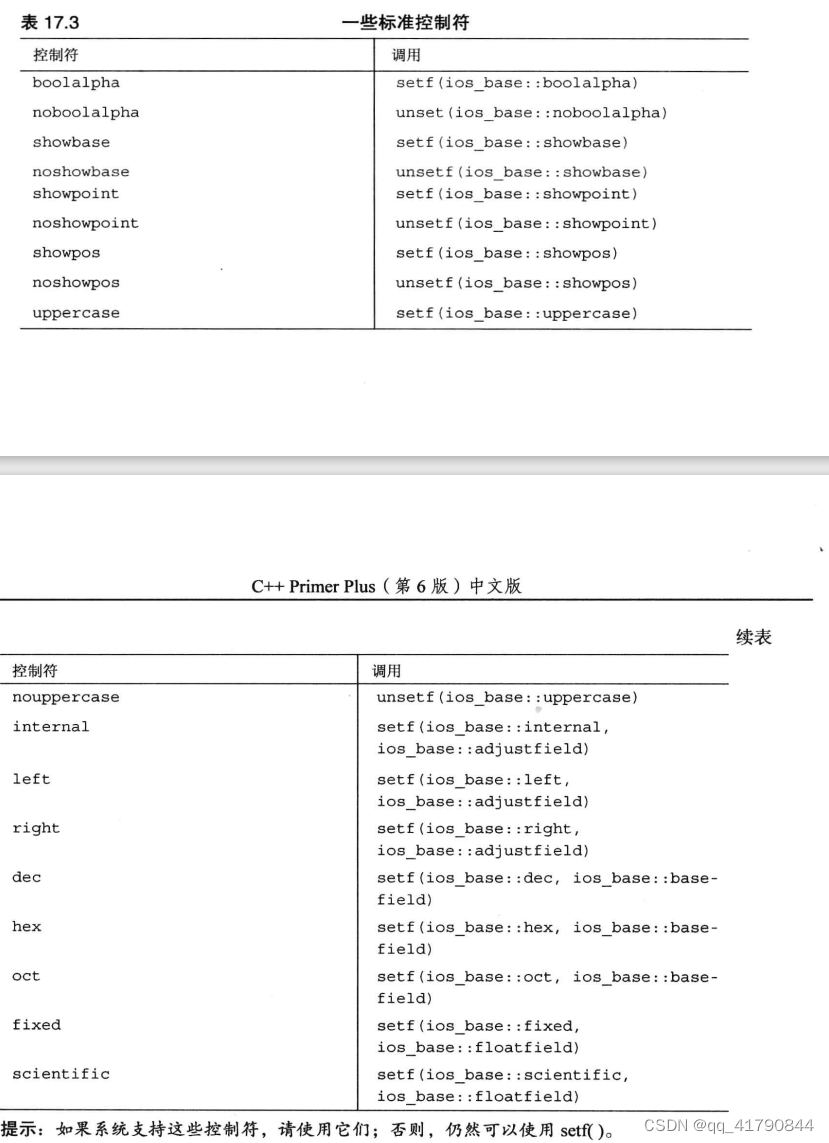
![[数字图像处理]第六章 彩色图像处理](https://img-blog.csdnimg.cn/ffabb3df109c4422ba6f5447423562c6.png)
